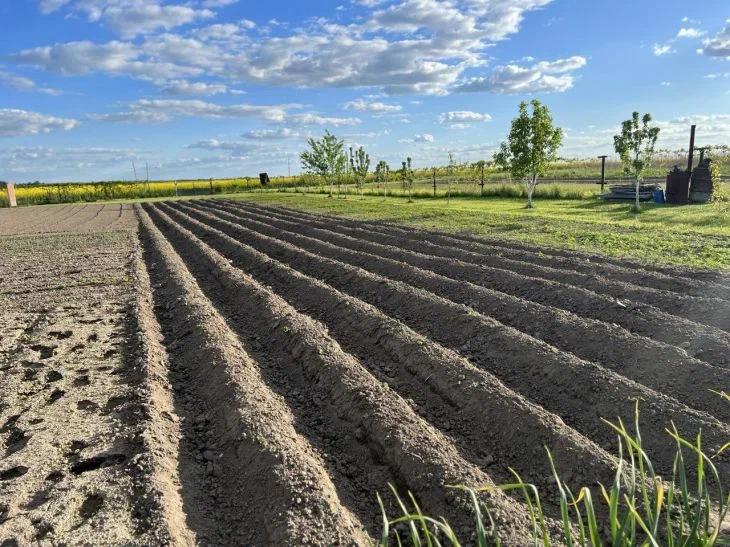Loose, dark, smelling of earth - this is exactly what the soil should be like in spring.
But if it sticks together into lumps or becomes crusty, it's time to sound the alarm.
The first step is not to run for expensive fertilizers, but to understand what the soil lacks.

For example, if after rain water remains on the surface for a long time, it means the soil is too clayey.
Add sand and compost to it (a bucket per 1 m²), dig it up to the depth of a shovel blade - this will improve drainage.
If the soil crumbles like dust, it lacks organic matter. Scatter rotted manure or sawdust mixed with nitrogen fertilizer (100 g of urea per bucket of sawdust).
Green manure is your best helper. Sow mustard, phacelia or oats immediately after the snow melts.
These plants will quickly grow green mass, and when they reach 20–30 cm, mow them down and dig them into the soil.
Green manure will replace mineral fertilizers: they will saturate the soil with nitrogen, loosen it with roots and suppress the growth of weeds.
Don't ignore mulch, but use it correctly. Fresh grass or leaves can become compacted and block air flow.
It is better to take straw, bark or sunflower husks - spread a layer of 5-7 cm around the plants. The mulch will retain moisture, restrain the growth of weeds and will gradually rot, feeding the soil.
Simple products will help restore the balance of microelements. Dilute 1 glass of whey in 10 liters of water and water the beds - lactic acid bacteria will improve the soil structure.
And an iodine solution (10 drops per bucket of water) will disinfect the soil and activate beneficial microorganisms.
And most importantly, do not dig the soil too deeply. The shovel destroys the capillaries through which air and water enter.
Instead, use a pitchfork: it loosens the soil without turning over the layers.
After tilling, rake to level the surface, and your soil will be ready to give life to the most capricious crops.
